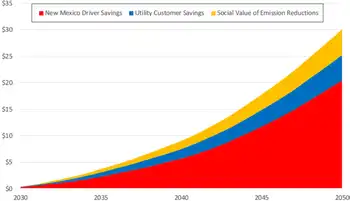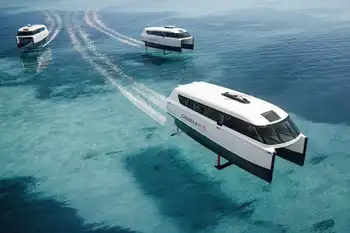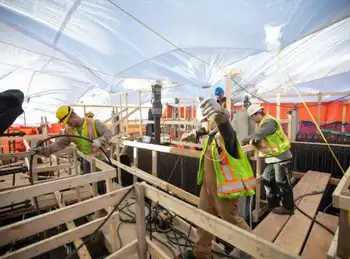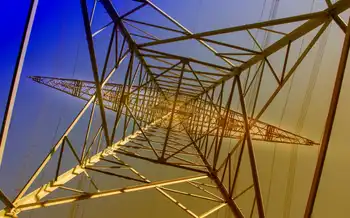Harvesting human power
By Globe and Mail
Arc Flash Training CSA Z462 - Electrical Safety Essentials
Our customized live online or in‑person group training can be delivered to your staff at your location.

- Live Online
- 6 hours Instructor-led
- Group Training Available
Volunteers wearing one of the biomechanical energy harvesters on each leg were able to generate 5 watts of electricity with little extra effort, says Max Donelan, an assistant professor in the department of kinesiology at Simon Fraser University in Burnaby, B.C. If they walked quickly they could generate 13 watts.
The harvester looks like an orthopedic knee brace, and Dr. Donelan says it works on the same principle as regenerative breaking in hybrid cars, in which energy normally dissipated during braking drives a generator instead. They rigged a brace with a generator system that can turn physical motion into electrical energy as the hamstring muscle slows down the swinging knee.
“Think of the body as an amazing battery,” Dr. Donelan said in an interview. “The average person stores as much energy in fat as a 1,000 kilogram battery.”
He and his colleagues reported their invention in a recent edition of the prestigious journal Science.
Their harvester generates slightly less power than a backpack invented by University of Pennsylvania biology professor Lawrence Rome so that U.S. marines could power cell phones, night-vision goggles and other equipment without carrying extra batteries.
The backpack takes advantage of the hip's movement to generate electricity, but to produce the power, people have to carry a relatively heavy load. The packs Dr. Rome used in his experiments weighed between 20 and 38 kilograms, to generate up to 7.4 watts of power. He said he is hoping to produce a commercial product that weighs significantly less.
Energy harvesting shoes have also been invented, but are not yet on the market. They collect energy from the motion of walking, but generate only 0.8 Watts of power.
Dr. Donelan has set up a company, Bionic Power Inc., to develop a commercial model of his knee-brace device that should be ready for field testing in a year. The experimental version weights 1.5 kilogram each, but Dr. Donelan says he should be able to make one that is much lighter.
The company is hoping for military clients, says chief executive officer Yad Garcha. The idea is that soldiers would carry one battery to power all their various electronic devices. That battery would be recharged while they walked.
Mr. Garcha won't discuss how much the device would cost, but says right now it is too expensive for the average consumer in the developed world, let alone those in poor countries who now don't have access to electricity.
About a quarter of the world's population lives without an electricity supply, and Dr. Donelan hopes that one day kids in developing countries will be able to use the device to power laptop computers.
“They'll have to take a break from their homework to go outside and play to generate power to do their homework,” he says.
Rescue workers could use it to recharge batteries, he says. So could geologists or other people who work in remote locations.











